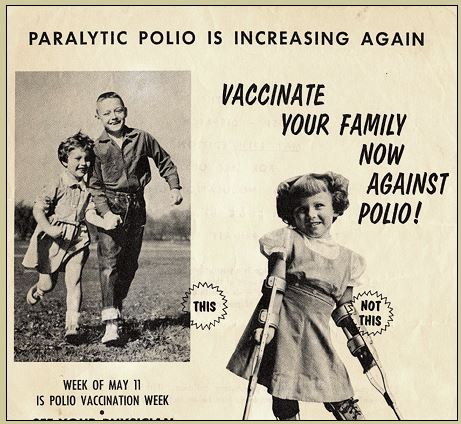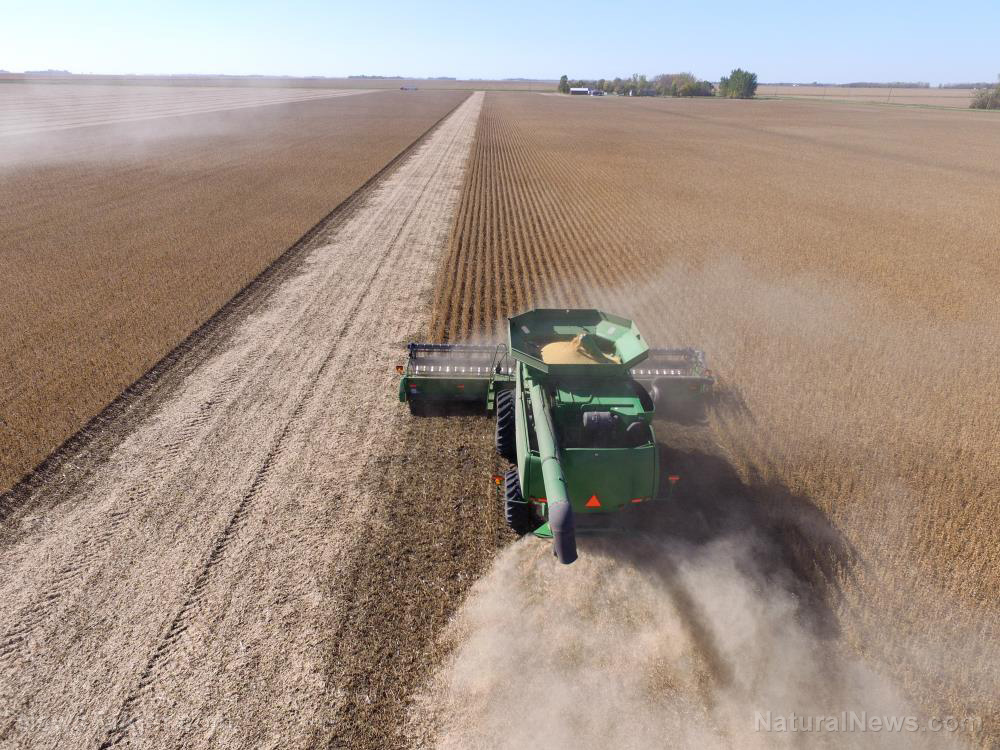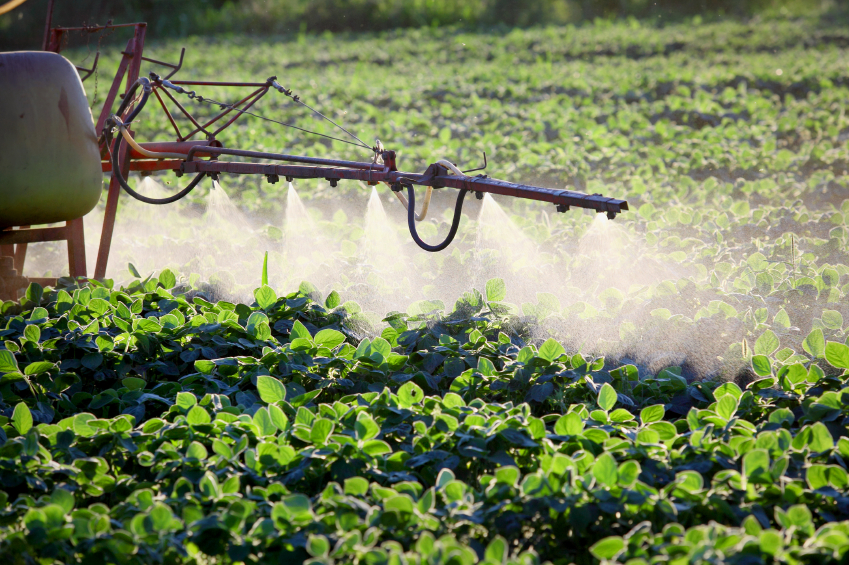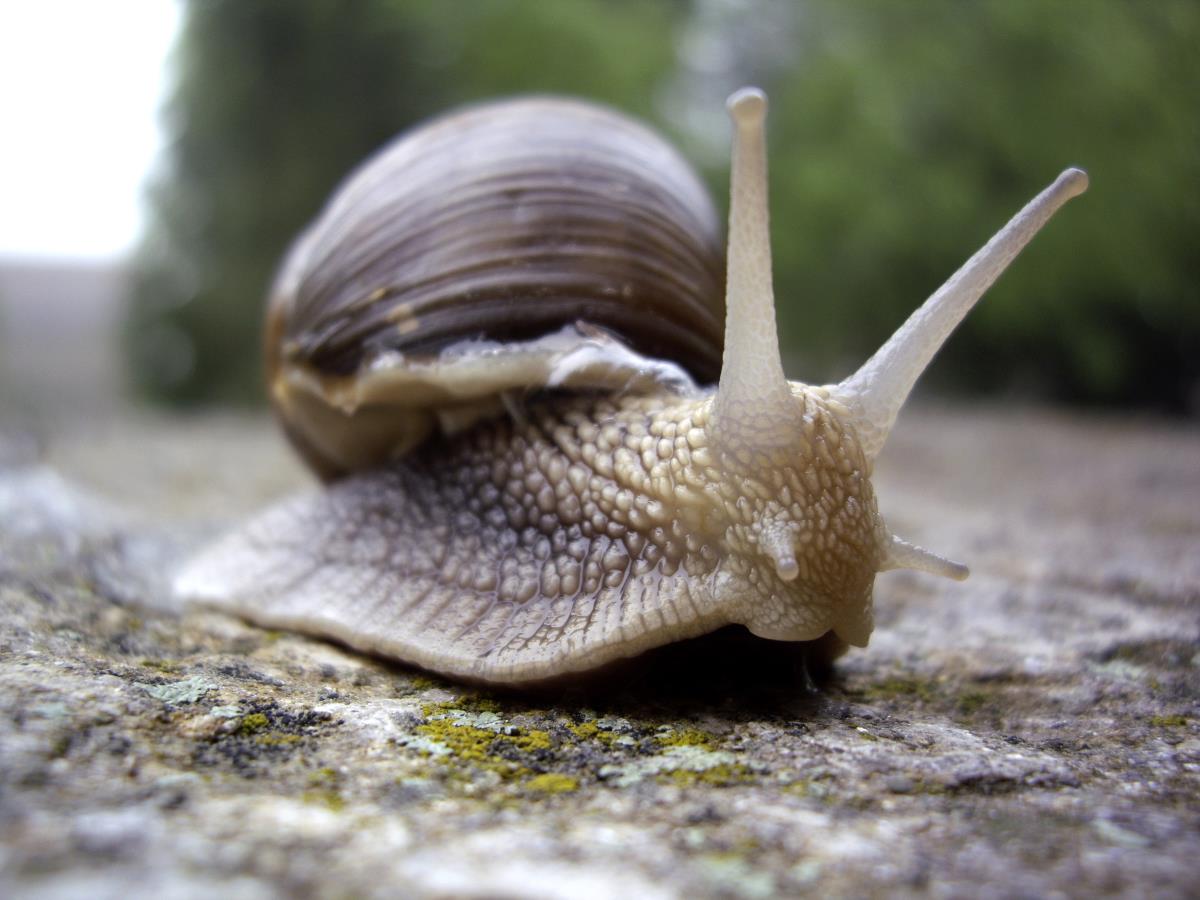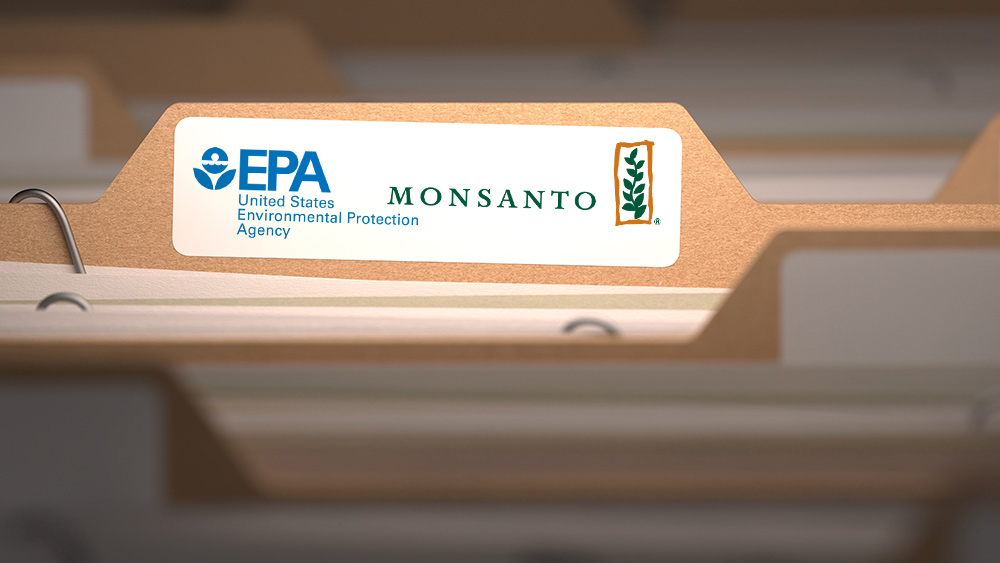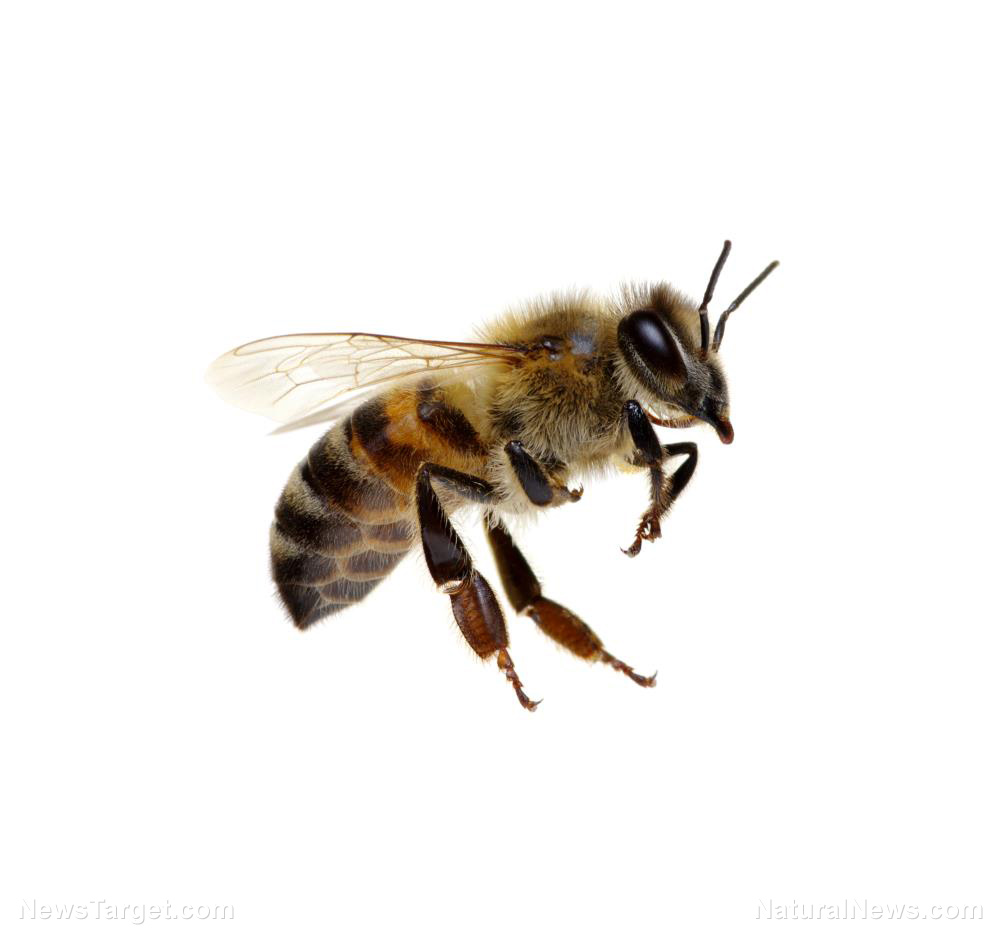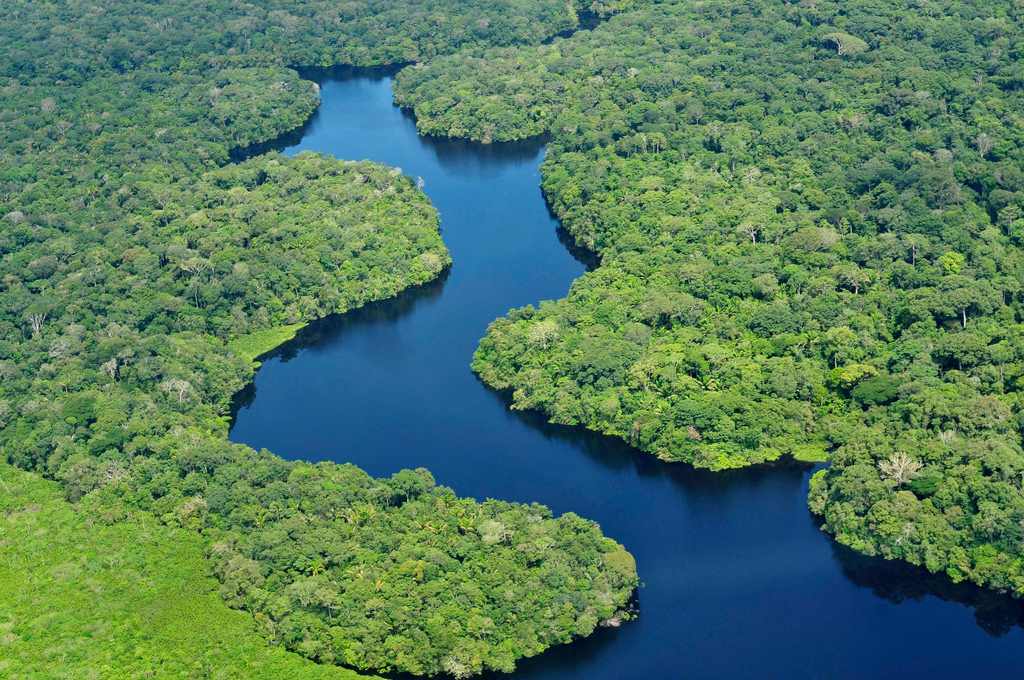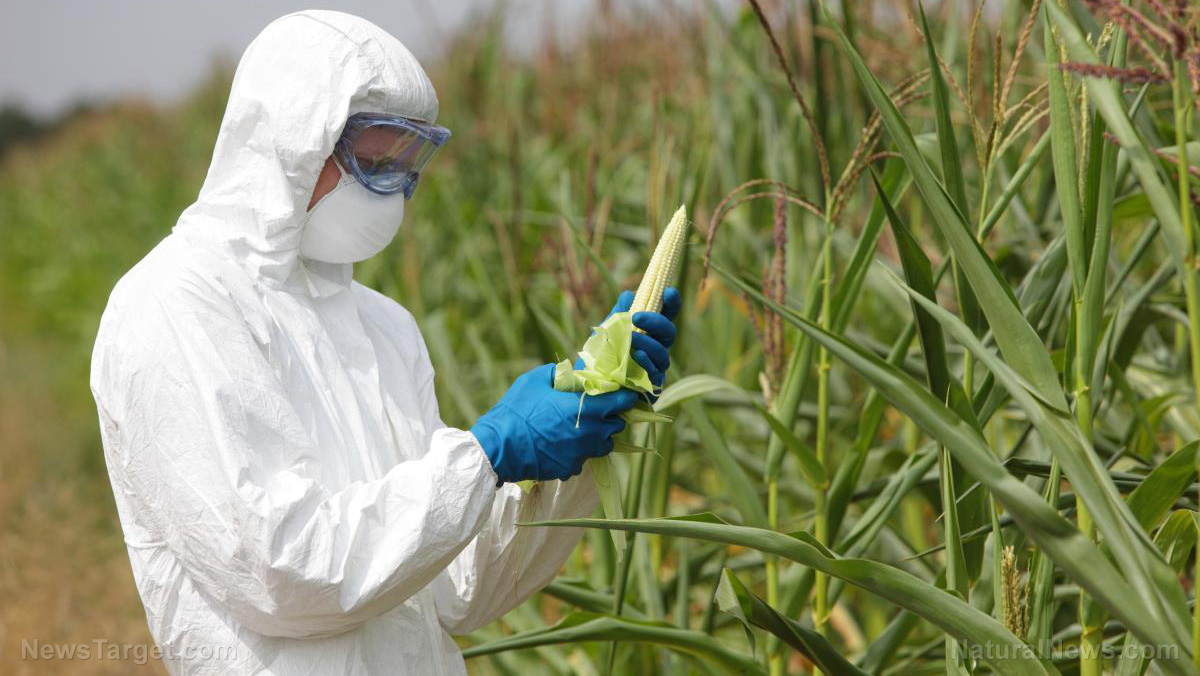Exposing the fraud that is Impossible Foods
05/28/2021 / By Cassie B.

Impossible Foods has been getting a lot of buzz for its veggie “burger that bleeds.” Whether it’s family members, friends or celebrities on social media, you don’t have to search very hard to find someone who is enthusiastic about these flavorful patties. But are they really as good for your body and the planet as proponents claim?
The answer, in short, is no, and there are several reasons why this isn’t the earth-saving solution to burger cravings so many people seem to want to believe it is. One of the biggest counts against it is its use of genetically engineered soy. The company’s CEO claims using this soy is just part of their “commitment to consumers and our planet” – but just what are they committed to?
Scientists have been warning that the planet is approaching an era of massive extinction, and the pesticides and farming practices associated with genetically engineered crops like the soy used in these burgers is at the heart of the problem.
A study published in the journal Biological Conservation estimated that 40 percent of the insect species on Earth right now are facing extinction, and the entire insect population could well collapse by the end of the century thanks to genetically engineered crops and related practices and chemicals.
The sad truth is that genetically engineered crops have spurred a spike in pesticide use around the world. Before Roundup-ready crops made to resist the glyphosate-based herbicide, farmers had to be very careful about how they used weedkillers. The new crops, however, allow them to spray more often, which they have most certainly done. The amount of glyphosate used climbed from 7.7 million pounds in 1990 to 250 million pounds in 2014 in what amounts to a 1,347 percent rise. Most of this is being used on crops like the GE soy in Impossible Burgers. In fact, 94 percent of soy today is genetically engineered to resist Roundup.
Just what is all this glyphosate doing to us and the planet?
First, let’s take a look at the human health impacts of the glyphosate-based weedkillers used on the soy in Impossible Burgers. The World Health Organization has declared glyphosate a probable cause of cancer, and juries have been shelling out billions in punitive damages in lawsuits related to people developing non-Hodgkin’s lymphoma, a type of cancer, after using the herbicide. Spikes in cancers, asthma and birth defects have been seen in Kauai, where genetically engineered seeds are developed and tested, and it’s being linked to pesticide drift and runoff there. Is this really something we should be celebrating eating?
It’s also far from the planet-friendly route it claims to be. While there’s no question that traditional beef burger production isn’t exactly environmentally friendly, these burgers aren’t helping the earth. Glyphosate use has been linked to declines in Monarch butterfly populations, while researchers have also discovered that exposure to glyphosate causes honeybee larvae to die, leaving us without very important pollinators. Aquatic organisms are also being harmed by the chemical.
GMO soy on its own should be enough to make you write off the idea of supporting Impossible Foods, but there are other problems with the burgers as well. The heme protein it uses to give the fake meat the illusion of “bleeding” is created using genetically modified yeast. The burgers also contain textured vegetable proteins, part of the family of MSG excitotoxins known for destroying brain cells and causing migraines and stomach upset.
The fact that Bill Gates was a major investor in Impossible Foods should tell you all you need to know. This is a burger that contains more than 20 ingredients, and although they might be “derived” from plants, they are largely unrecognizable by name. It’s certainly nothing compared to a burger you might make at home yourself – a homemade beef burger could be 100 percent grass-fed beef, while you could make a veggie burger with a handful of natural ingredients like organic beans and vegetables. Vegetarian or not, it’s still processed GMO food and something that has no place in the diet of anyone who cares about their health or the environment.
Sources for this article include:
Tagged Under:
RECENT NEWS & ARTICLES
COPYRIGHT © 2017 PESTICIDES NEWS





